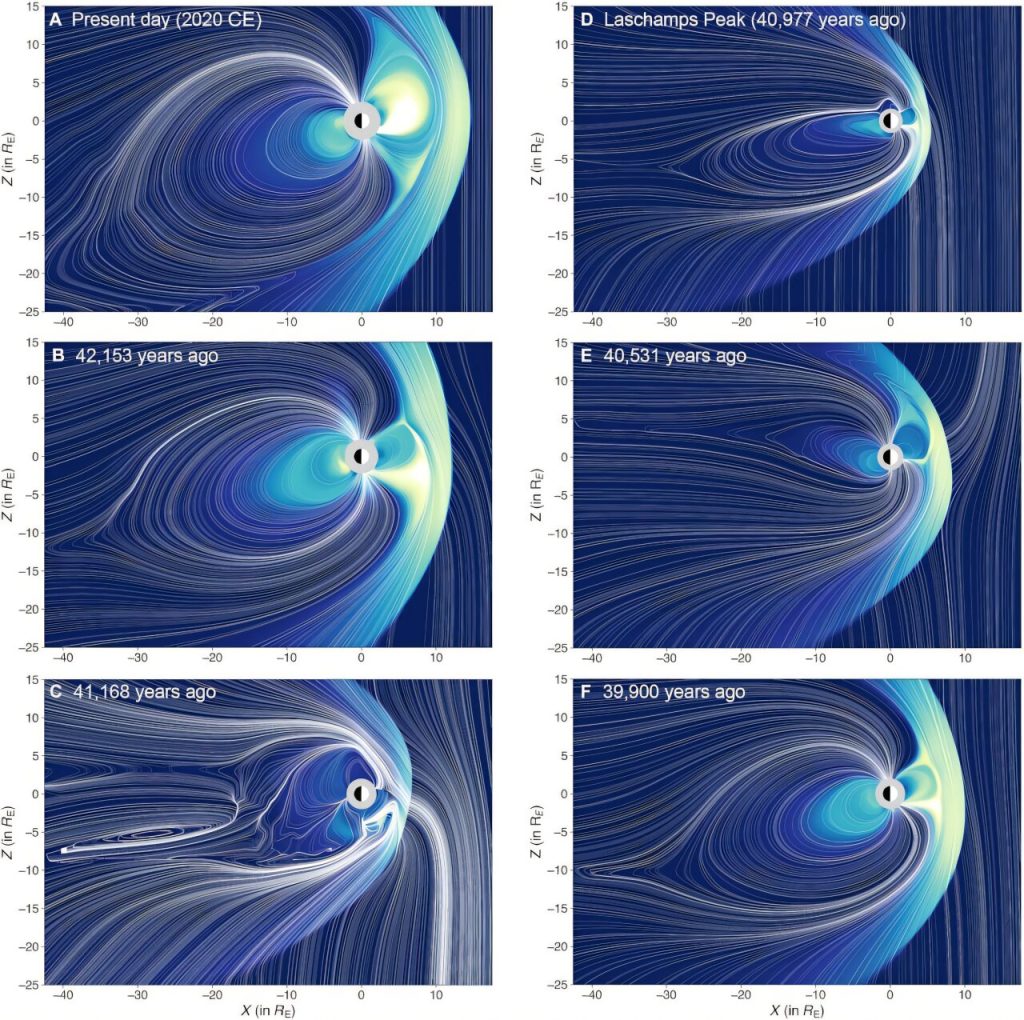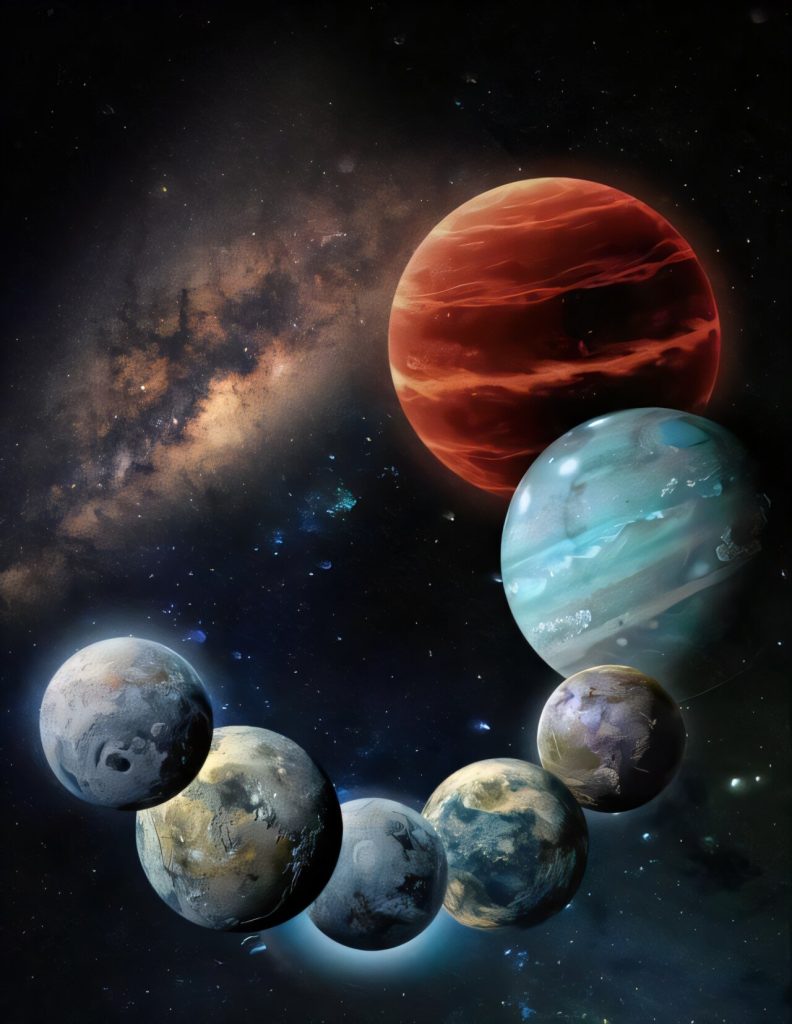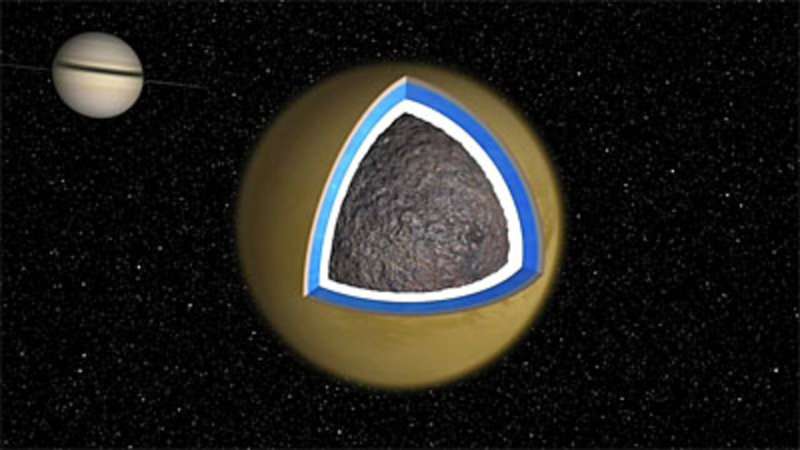
Titan, Saturn’s largest moon, is a captivating world with a unique atmosphere and liquid hydrocarbons on the surface. It stands out among moons in the outer solar system due to these features.
Unlike Earth’s water cycle, Titan’s liquid bodies are made up of hydrocarbons like methane and ethane. Underneath this unusual landscape lies a mysterious interior, possibly consisting of a water-ice crust above a subsurface ocean of liquid water mixed with ammonia.
A recent study conducted by researchers from Imperial College London, U.K., focuses on understanding Titan’s icy shell using real and simulated craters. This research provides valuable insights into Titan’s structure, thermal history, and potential habitability.
The impact simulations for Titan involved special hydrodynamic code to simulate crater formation. The models considered various impactor sizes and material properties to provide a more accurate representation of the impact process.
Based on the simulations, the study found that the observed craters on Titan were shallower than the simulated ones. The most accurate model suggested a 10 km methane clathrate layer above 5 km of conductive ice, with warmer convective ice below at 256.5 K.
-
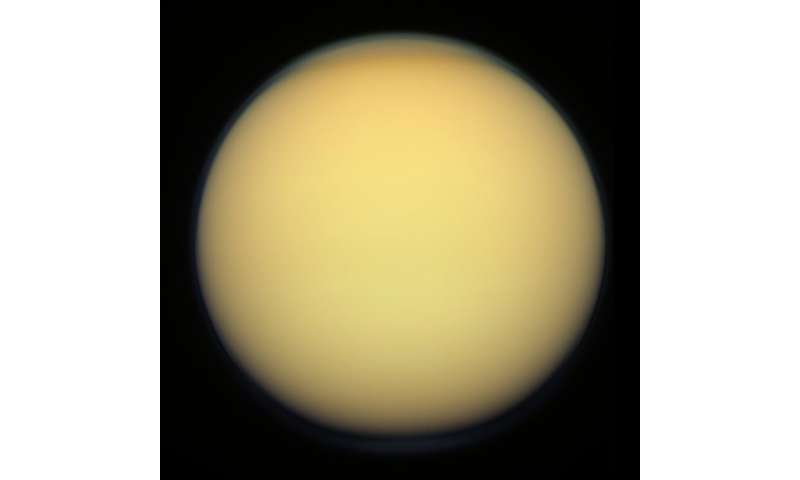
Saturn’s moon Titan. Credit: NASA/Kevin Gill
-
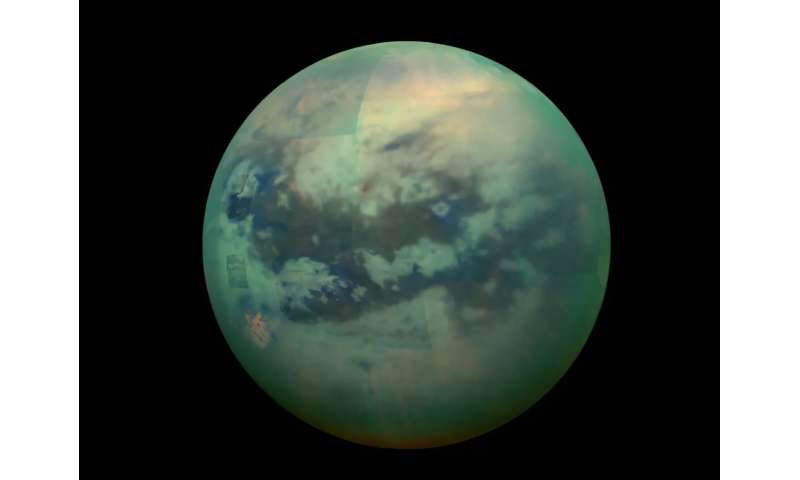
Image showing surface detail on Titan. Credit: NASA
For more information, read the paper “Constraining Titan’s Ice Shell Structure By Comparison of Simulated And Observed Crater Morphology” available at www.hou.usra.edu.


